Best action camera 2025: rugged cams for adventurers and vloggers
The best action cameras from GoPro, DJI, Insta360 and others to capture your adventures

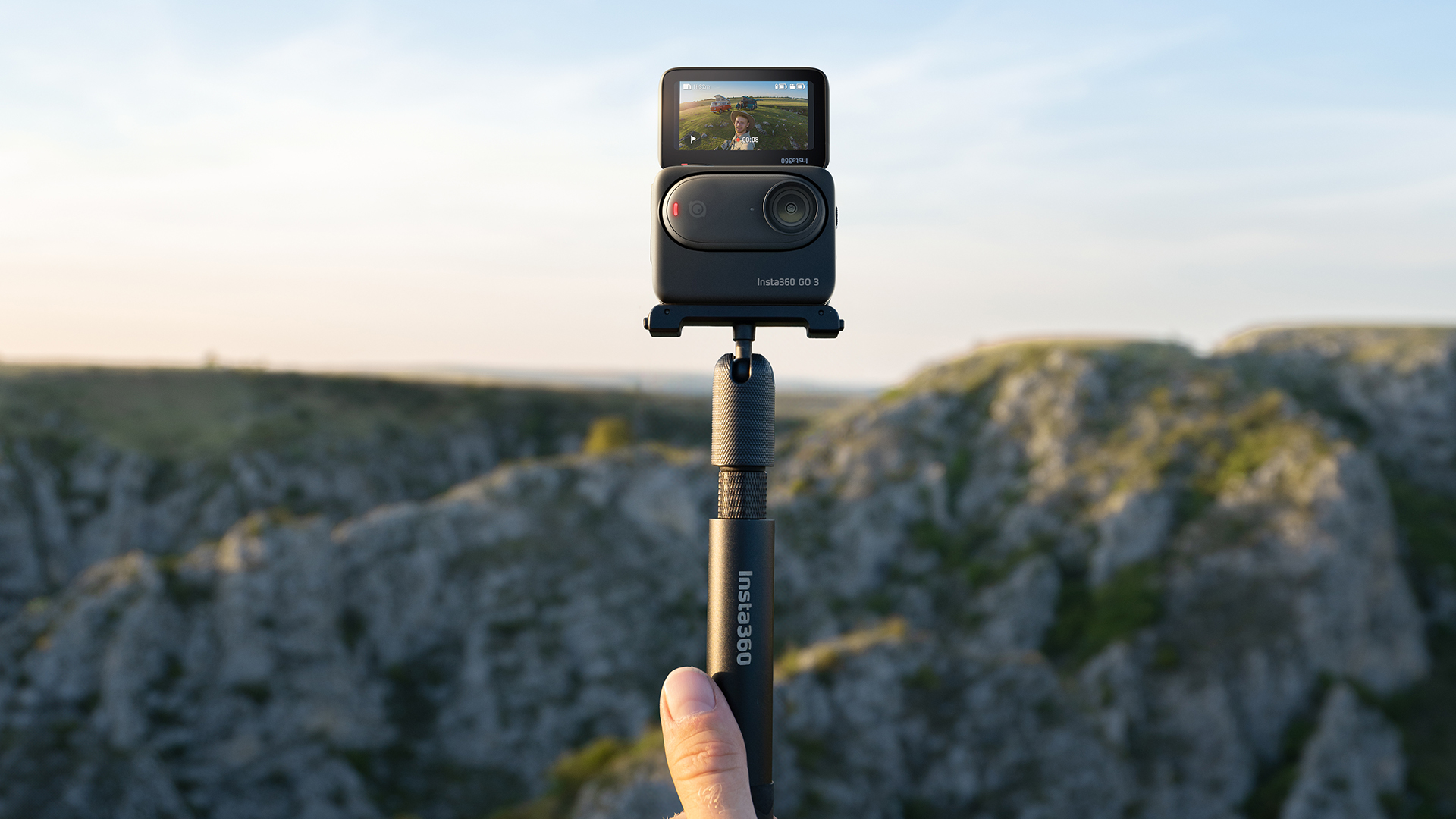
Finding the best action camera for your purposes in a quickly changing market can be challenging. A swathe of manufacturers, including Garmin, Sony, Drift, Yi and iON, have stopped selling new action cams, leaving the action camera market in the hands of brands including GoPro, DJI, Insta360, and a handful of others, plus a host of unbranded clones (some of which aren't too bad).
The good news is that the best action camera tech has become refined to an impressive point – the GoPro, Insta360, and DJI platforms, in particular, are challenging to shoot poor video on, no matter your skill level. Image stabilisation is quite astonishingly good at times, and quality is right up there with the pros.
You might be getting the picture that GoPro dominates the action camera market, and to be honest, you'd be right. Our best GoPro guide runs through the differences between all the available models. Beyond GoPro, we have a separate guide dedicated to the best GoPro alternatives. If price is the deciding factor, you might want also to check out today's best cheap GoPro deals.
Our current favourite action camera is Insta360's Ace Pro, thanks to its low light capability, excellent companion app and optical quality. If you're after a 360-degree action cam, the Insta360 X4, with its 8k maximum resolution, is your best bet. If you need a rugged camera for vlogging, we can wholeheartedly recommend the latest GoPro Hero 12 Black.
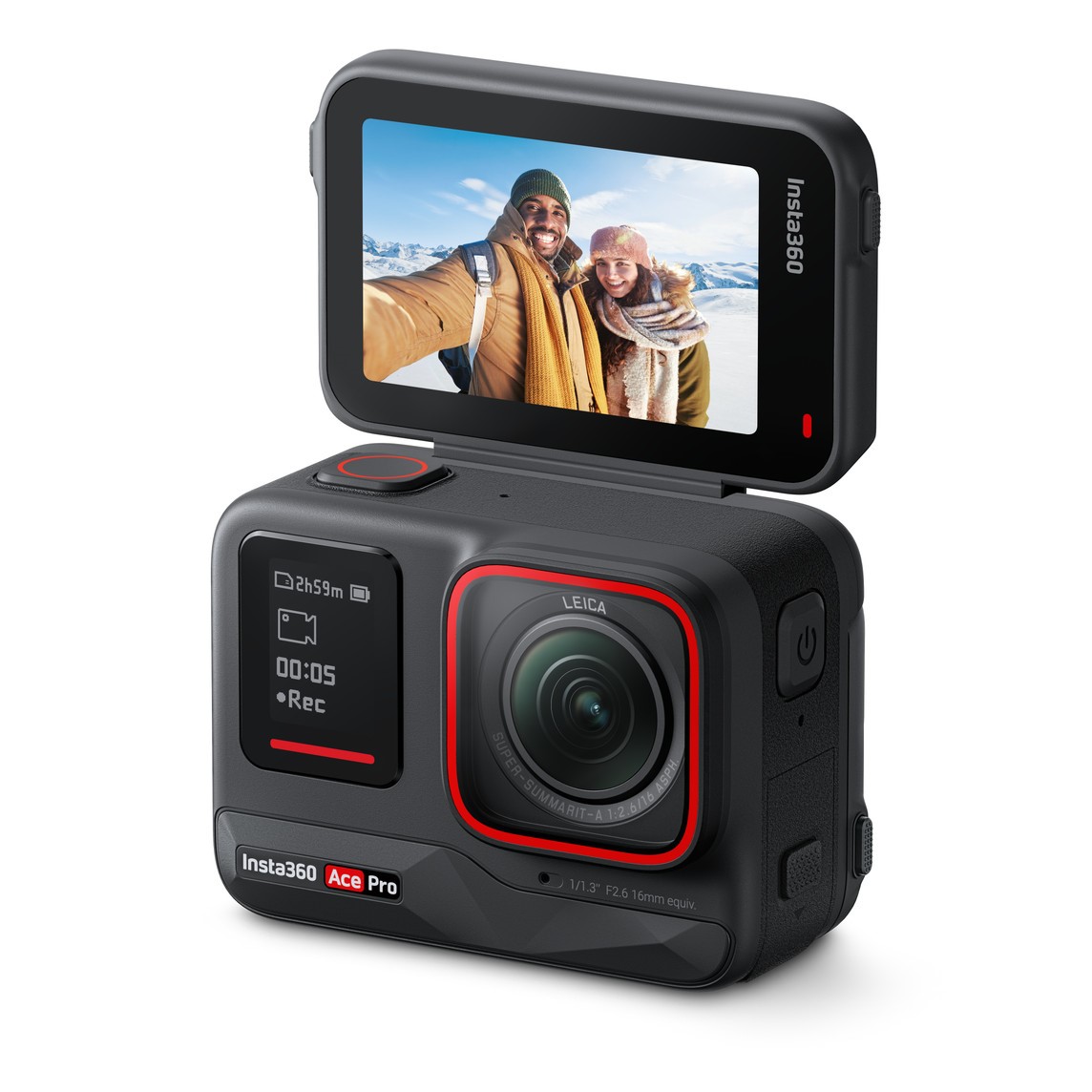
Co-engineered with Leica, the Ace Pro features advanced optics, a large sensor for improved low-light performance, versatile shooting modes up to 8K, and innovative AI-driven editing tools. The camera's durable design includes a pivoting display and magnetic mounting system, making it ideal for on-the-go content creation.
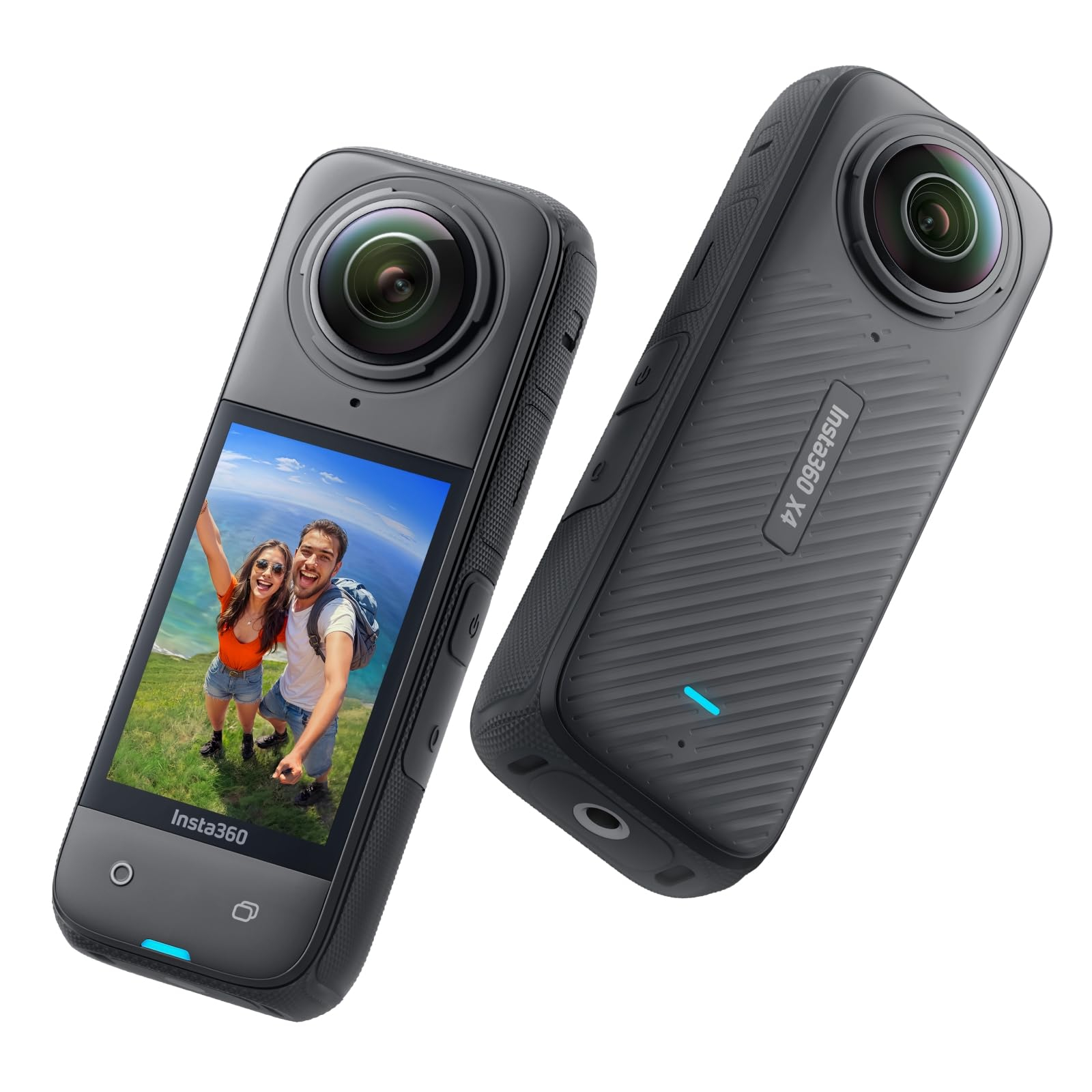
The Insta360 X4 is a powerful upgrade from its predecessor, offering 8K resolution, 100fps frame rates, and significantly improved battery life. Despite its bulkier design, it remains a top choice for content creators looking to future-proof their video production capabilities.
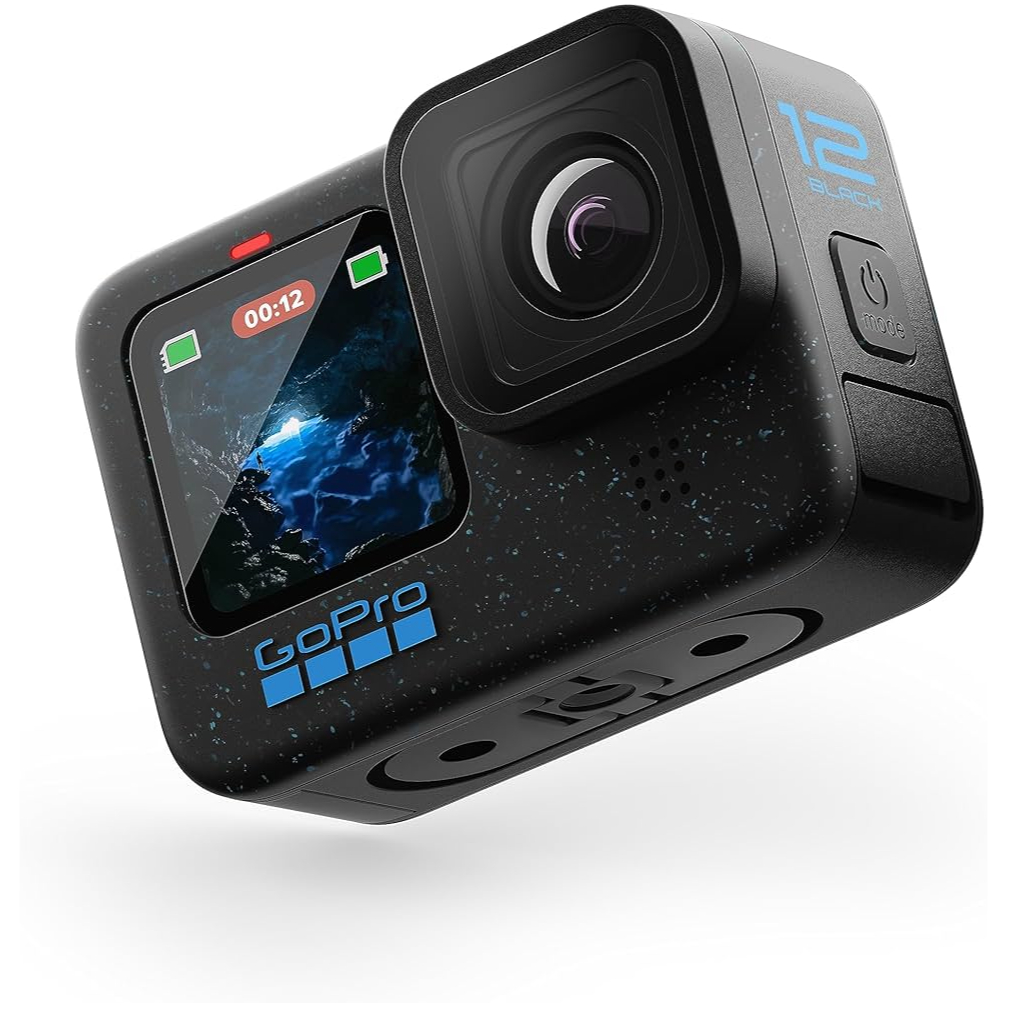
The GoPro Hero 12 Black refines its predecessor with enhanced features, including HDR video, native vertical capture, improved battery life, and Bluetooth audio support. It maintains GoPro's reputation as a top action camera, catering to both professionals and beginners alike.
Best action cameras to buy right now
Best overall
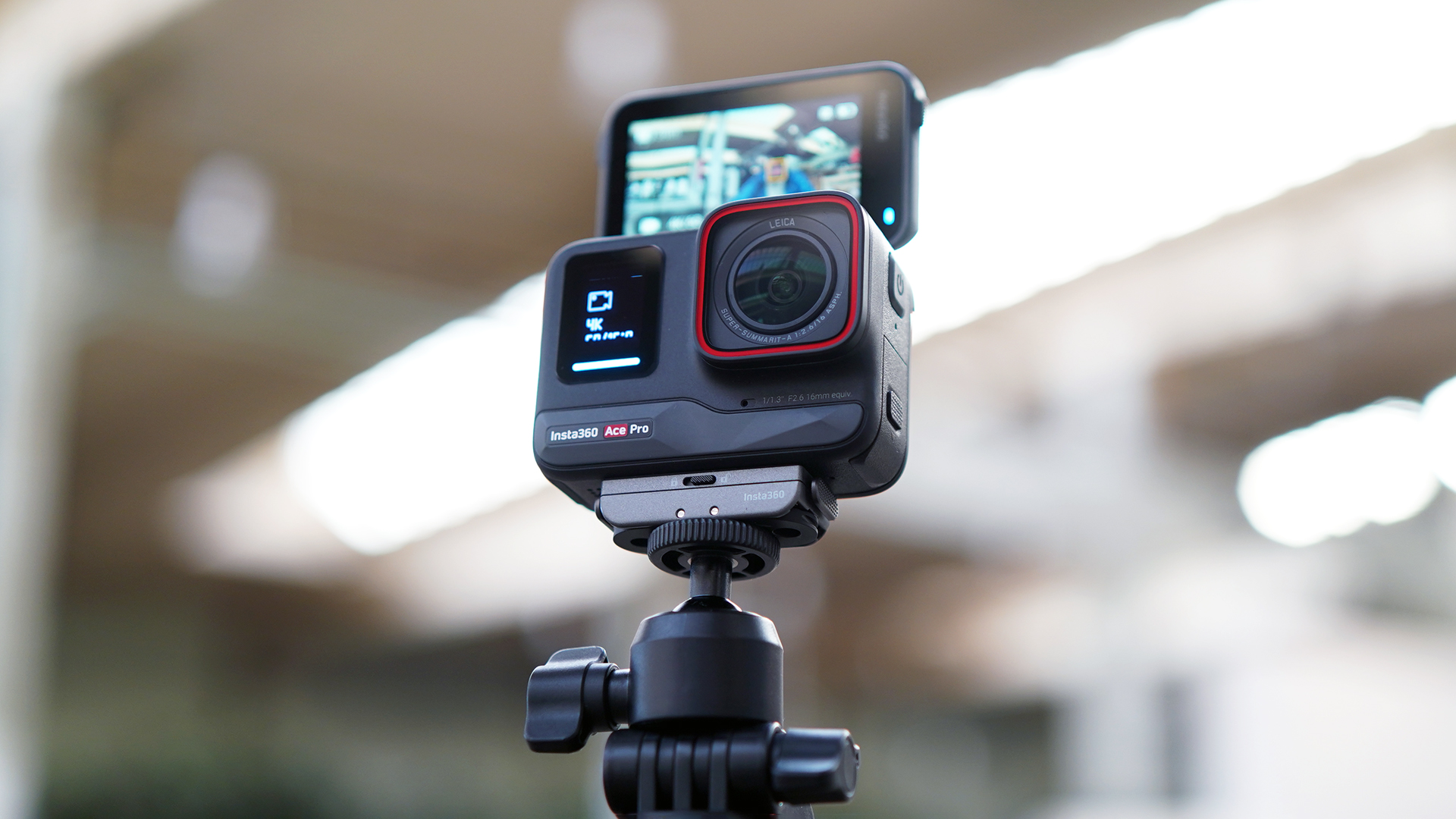
Specifications
Reasons to buy
Reasons to avoid
The Insta360 Ace Pro features AI-powered features, Leica optics, rugged construction, and versatile shooting modes, making it the best action camera right now.
The large swivelling display enhances vlogging capabilities, while the large 1/1.3" sensor ensures excellent low-light performance.
Offering resolutions up to 8K and frame rates up to 120 fps in 4K, it provides plenty of creative flexibility. Despite some minor drawbacks, like the need to tip the camera for vertical shooting, the Ace Pro delivers impressive performance and unique editing options.
Its rugged design withstands depths up to 33 feet and temperatures as low as -20 °C, making it suitable for various outdoor activities. Priced at $450, it competes with the GoPro Hero 12 Black, offering complementary features for different user preferences.
The Ace Pro excels as a versatile, pocket-sized camera, ideal for creating high-quality videos and photos on the go, especially for bloggers and content creators seeking reliable performance in various conditions.
Read our full Insta360 Ace Pro review.
18 December 2023 – Garmin devices now integrate with Insta360 action cameras, allowing users to overlay real-time data like GPS, speed, and elevation onto their footage. This feature enhances video content, especially for athletes and content creators, by syncing Garmin stats with Insta360's entire camera range. Read more here.
Best 360°
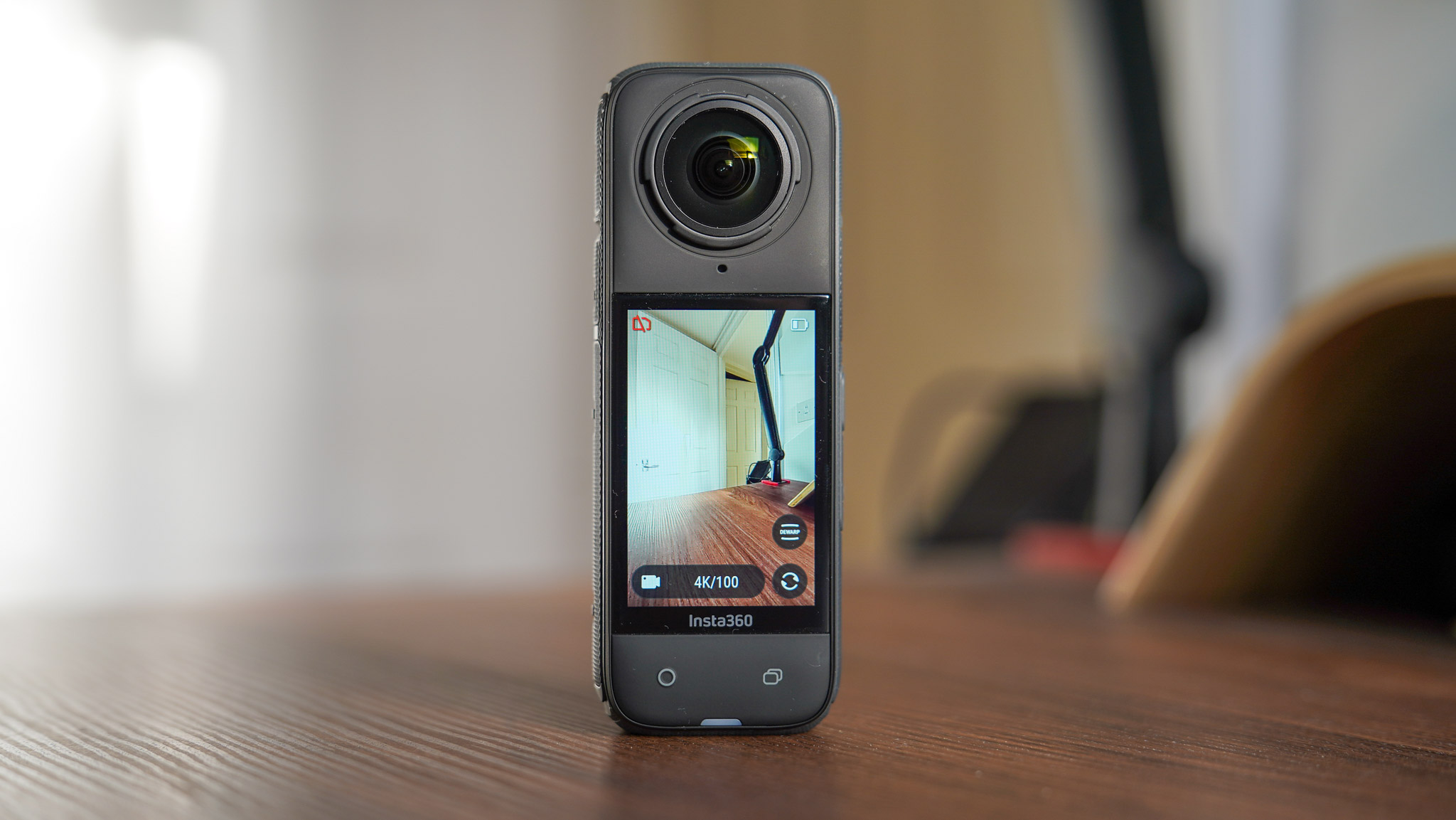
Specifications
Reasons to buy
Reasons to avoid
The Insta360 X4 is a significant upgrade from its predecessor, offering several enhancements that cater to the evolving needs of content creators and enthusiasts.
One of the most notable improvements is the increase in maximum resolution to 8k, coupled with a maximum frame rate of 100 fps. This allows users to capture incredibly detailed and smooth footage, which is particularly significant in a landscape where high-resolution content is increasingly valued.
Moreover, the X4 features a robust design, including rugged housing and a Gorilla Glass touchscreen, ensuring durability and ease of use in various environments. The inclusion of lens covers and a carry pouch in the box adds convenience and protection for users on the go.
One of the standout features of the X4 is its extended battery life, thanks to a larger battery capacity compared to its predecessor. With up to 135 minutes of recording time, users can capture more footage without the need for frequent recharging, enhancing productivity and creative freedom.
The 360-degree camera inherits advanced features from the Ace Pro, such as Gesture Control and improved tracking capabilities, empowering users with greater control and flexibility in their content creation process.
The Insta360 X4 offers a compelling combination of performance, durability, and advanced features, making it a valuable asset for creators looking to future-proof their content creation endeavours.
Read our full Insta360 X4 review.
Also, consider: the Insta360 X3 maintains excellent auto-levelling and stabilisation, offering a wide array of shooting and editing modes, making it an excellent action camera choice. Its features include bullet-time, time-lapse, HDR, looped recordings, and vivid, standard, and log picture profiles. See how the two compare here: Insta360 X4 vs X3.
Best for vlogging
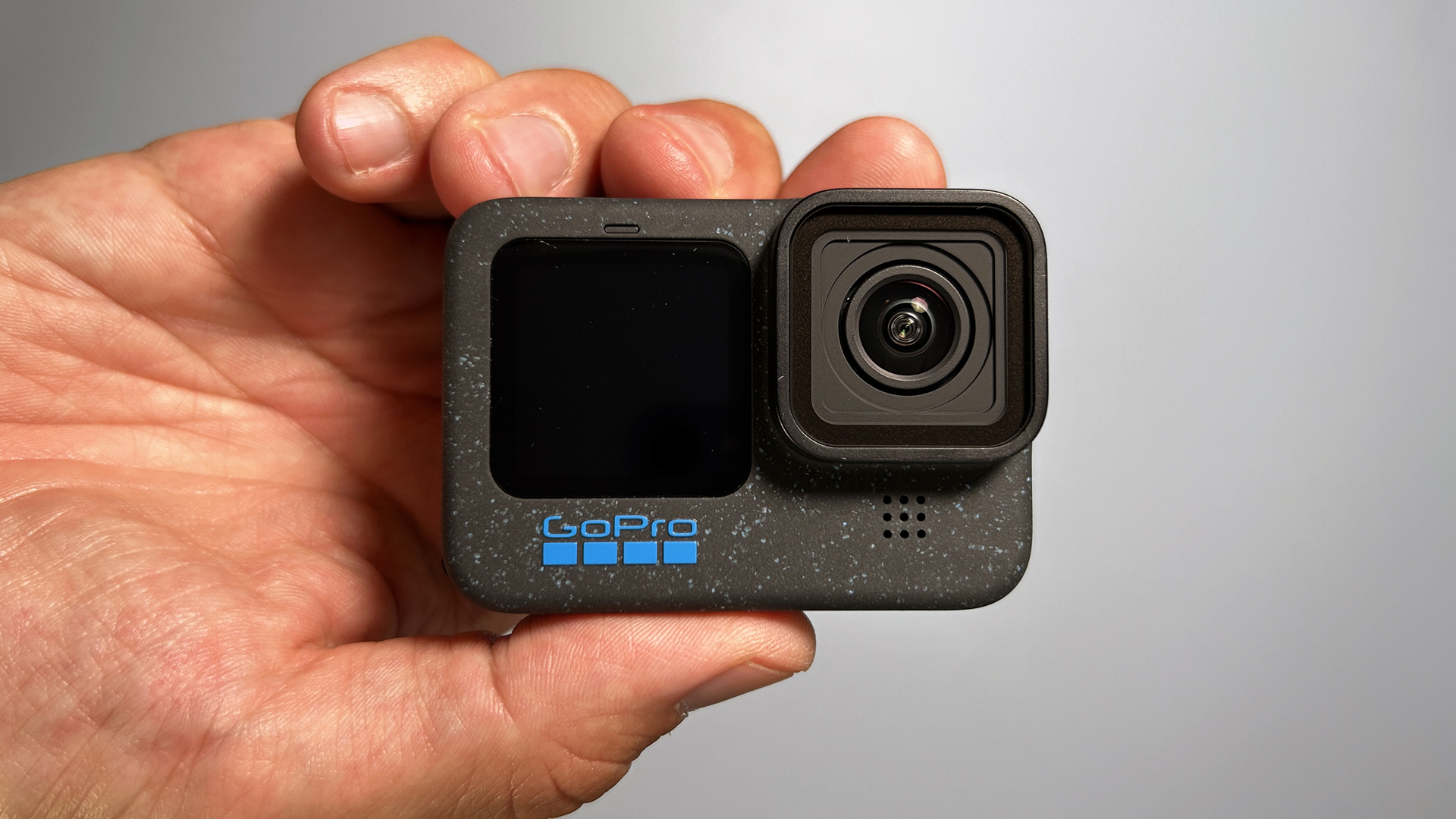
Specifications
Reasons to buy
Reasons to avoid
The GoPro Hero 12 Black delivers the exact experience we expected from the brand. This new iteration builds on the two decades of innovation that made GoPro the premier action camera manufacturer and adds some exciting new features that will delight amateurs and pros alike.
Better still, the Hero 12 Black is sold for the same price the Hero 11 Black was sold for GoPro Members, but this time around, you don't need the membership to unlock the lower price. Essentially, you get a more competent action camera for no extra money. That's a pretty good deal, people!
Of the new features, the HDR video is probably the one that'll make most people happy. It helps those action shots pop a little bit more, making #shotonGoPro videos even more exciting to look at. Plus, you can record vertical videos on the camera, allowing you to create attention-grabbing footage for social media without post-processing in the Quik app.
Read our full GoPro Hero 12 Black review.
Best modular
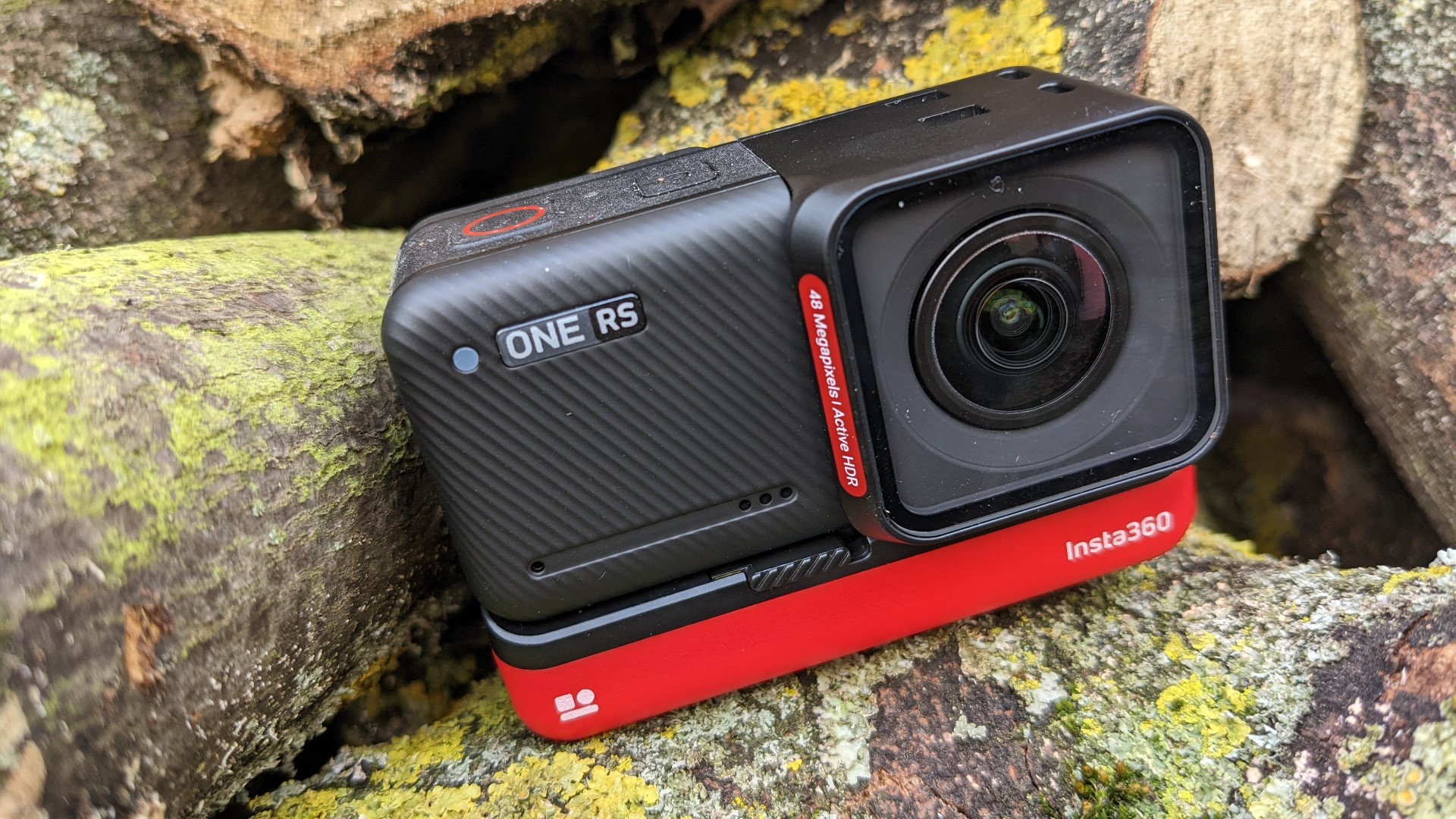
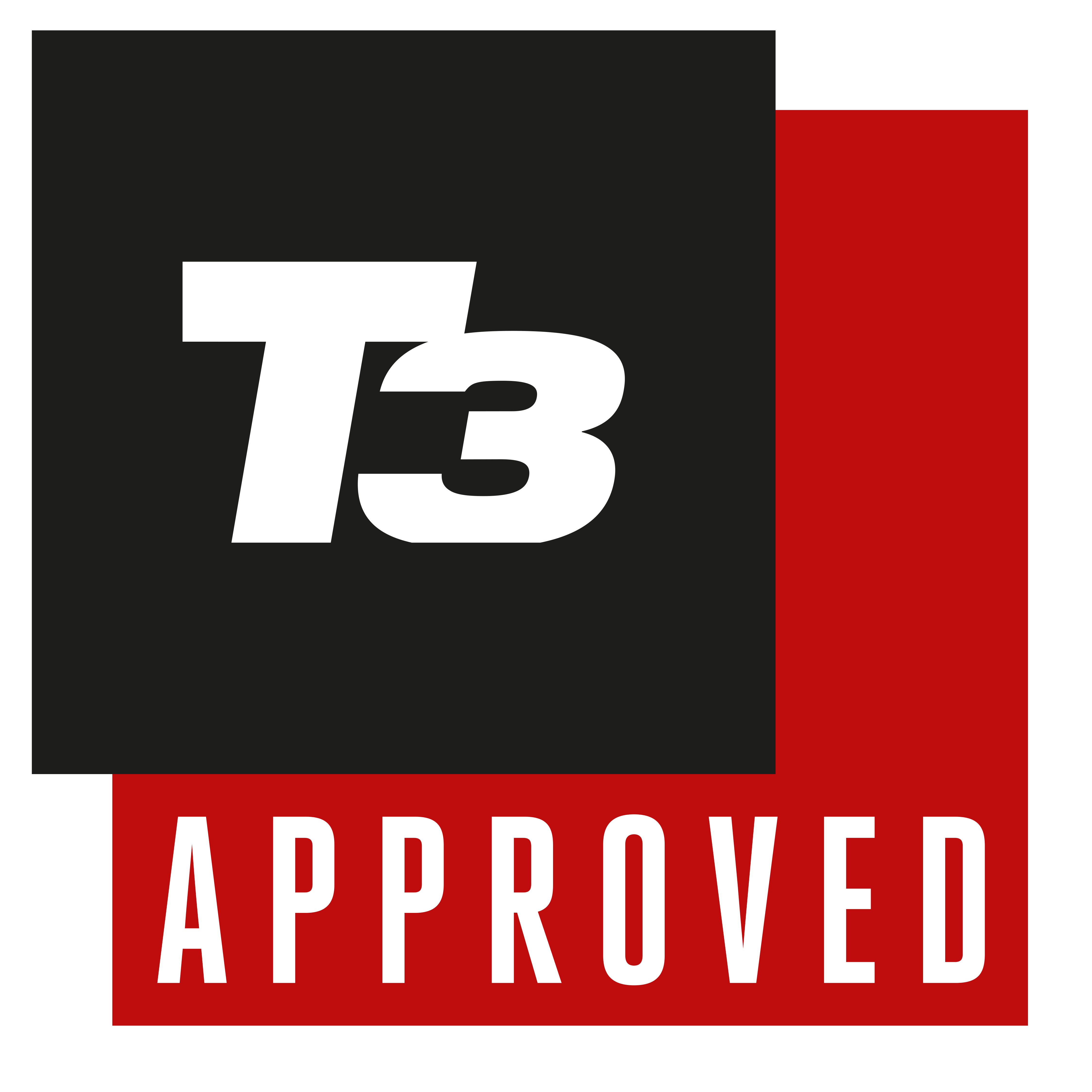
Specifications
Reasons to buy
Reasons to avoid
The Insta360 One RS takes a different tack to GoPro, with an ultra-flexible modular design that's super fun to play around with. For all configurations, you'll need the ONE RS Core (the control model), Battery module and mounting bracket, but you can swap out various lenses depending on the situation – 4K Boost Lens, 360 Lens or 1-inch Wide Angle Lens (pleasingly, there's also backwards compatibility with the earlier One R model, if you already have one of those).
This premium action camera packs an impressive raft of features, both in terms of hardware and software. We were incredibly impressed with the build and image quality and found the swap-and-switch setup compelling, practical and fun to fiddle with.
Read our full Insta360 ONE RS review.
Best POV
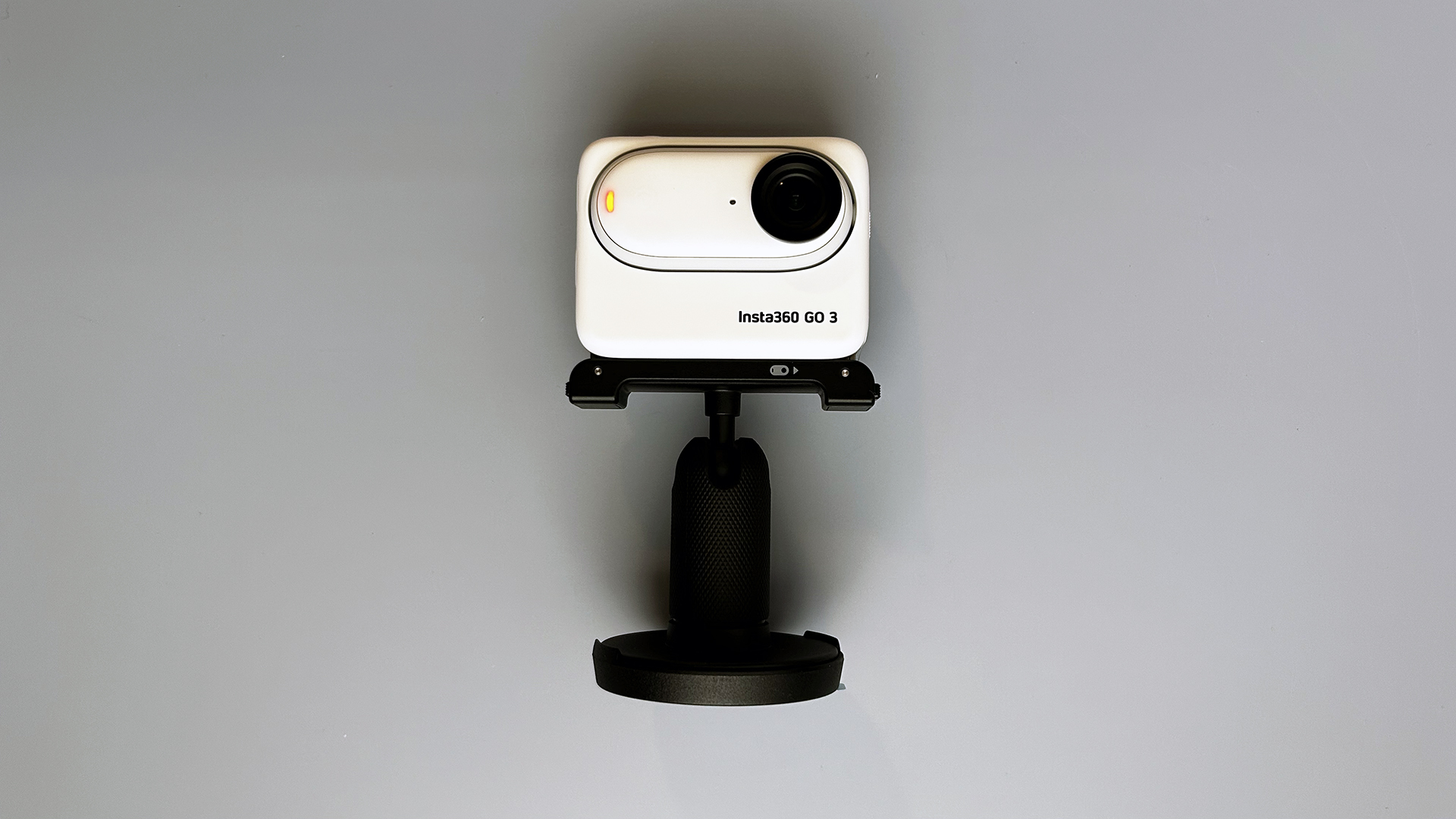
Specifications
Reasons to buy
Reasons to avoid
The Insta360 GO 3 is both a niche action camera aimed at content creators wanting to create POV videos and also one of the most versatile action cameras allowing you to spread your creative wings and capture videos and images in ways you never thought was possible.
Fans of extreme sports and those who prefer most of their footage in the water are better off using a GoPro HERO11 Mini or a similar waterproof action camera than the GO 3. Not just because the Action Pod is only IPX4 rated but also because they can shoot higher-resolution footage.
However, if you produce content for social media (i.e. vertically), often record videos in selfie mode, and like to find unique ways to capture footage, the Insta360 GO 3 is your best bet. Even if you have the GO 2, you might want to consider getting a GO 3; the addition of the Action Pod, the new shooting modes, and the better image quality make it a worthwhile upgrade.
Read our full Insta360 GO 3 review. (See also: Insta360 GO 3 vs Insta360 GO 2)
Best for watersports
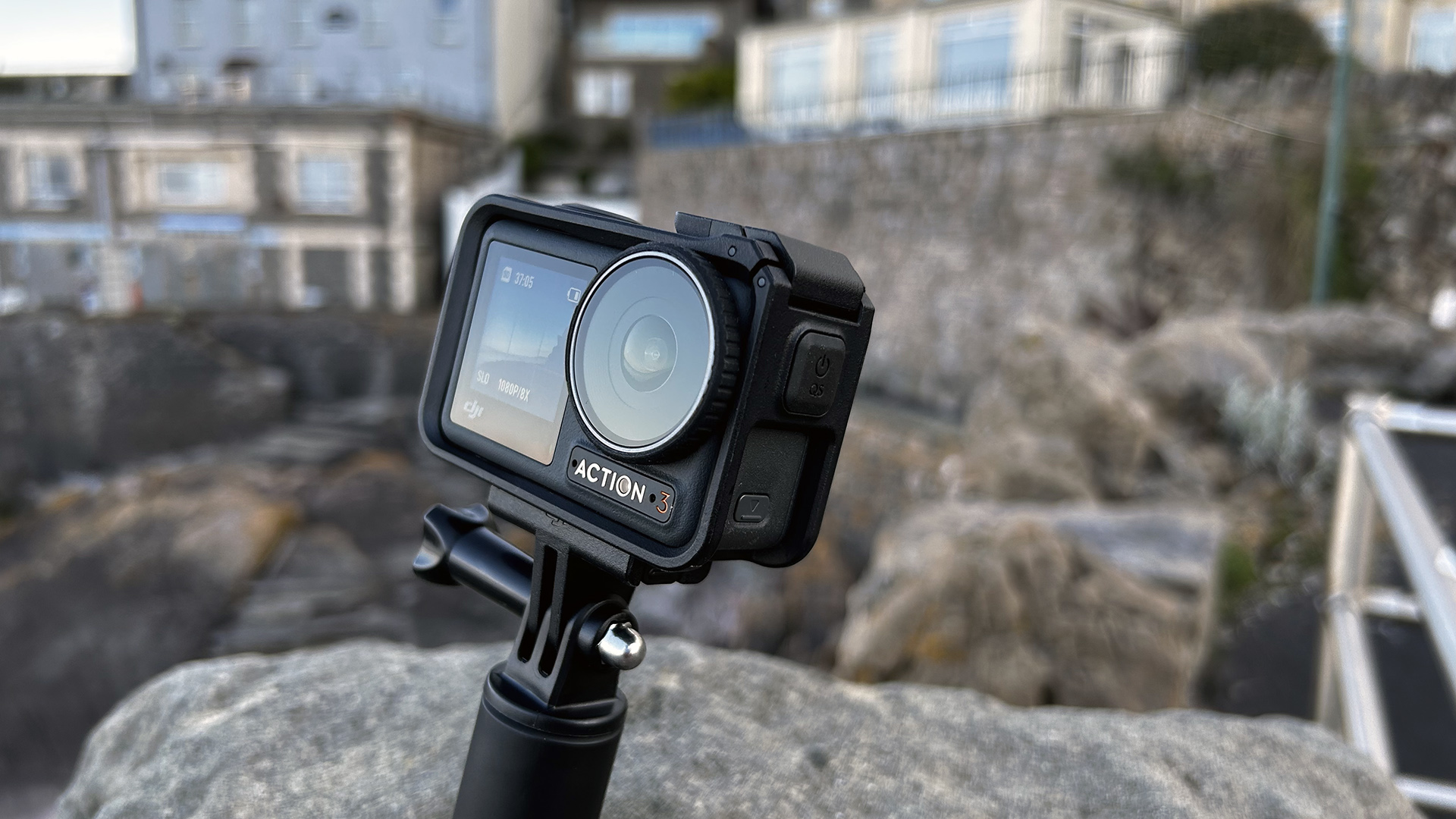
Specifications
Reasons to buy
Reasons to avoid
The DJI OSMO Action 3 is an excellent action camera that offers plenty of features and rugged build quality for less money than its main rival, which, admittedly, makes it more appealing in the eyes of many. Better still, most of the shortcomings are not significant and will only affect a small number of shooting modes/people.
Sure, the OSMO Action 3 isn't as good in low-light conditions as the GoPro HERO 11 Black, but how often will you use it in the dark? Not often, and it's not like you'll do cool tricks on your MTB/skateboard at night, risking injury. The main features this action camera has to offer will provide enough functionality for most users – again, at a much wallet-friendly price point. That's a win in our books.
Read our full DJI OSMO Action 3 review.
Best budget GoPro
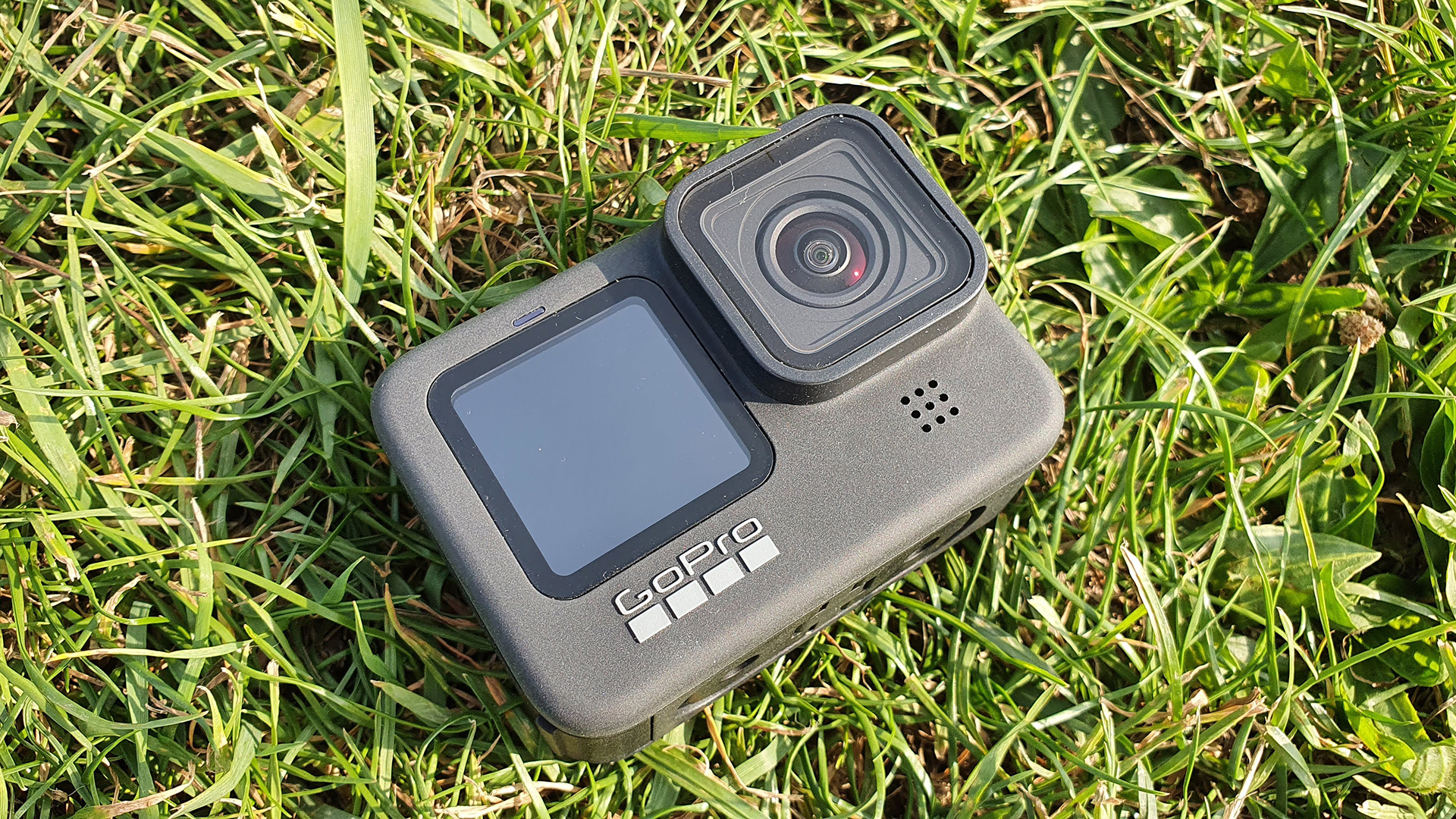
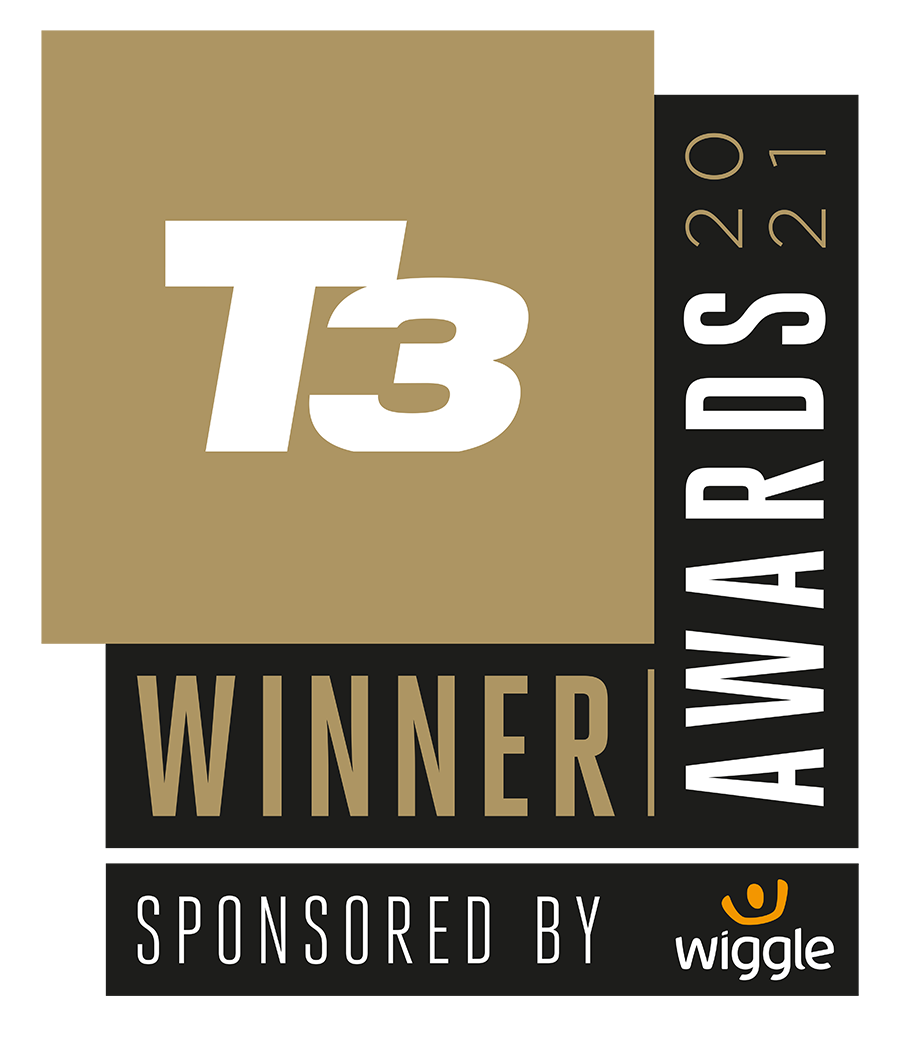
Specifications
Reasons to buy
Reasons to avoid
We loved this action cam for being both extremely easy to use for beginners and still astonishingly capable for the pro – an impressive balance. This was the first HERO to feature that long-awaited front-facing screen, previously only available with the addition of a Mod. That means for anyone who wants to be able to frame themselves in the shot, it's the oldest GoPro you'll want to go for. There's also a removable lens cover, which is handy... although it's not hydrophobic as in the HERO 10.
Elsewhere, the GoPro HERO 9 Black appears similar to the HERO 8, with the bunny-ears mount present, along with caseless waterproofing to 10m. Look closer, though, and the improvements are many and varied. Under the hood, there's a bigger sensor (23.6MP), which means this cam can now shoot 5K/30 video and 20MP stills, and a very welcome 30% battery boost. Incredibly impressive horizon levelling now comes baked in, although you won't be able to tilt the camera quite as much as you can with the HERO 10 Black.
Read our full GoPro HERO 9 Black review.
Best mid-range
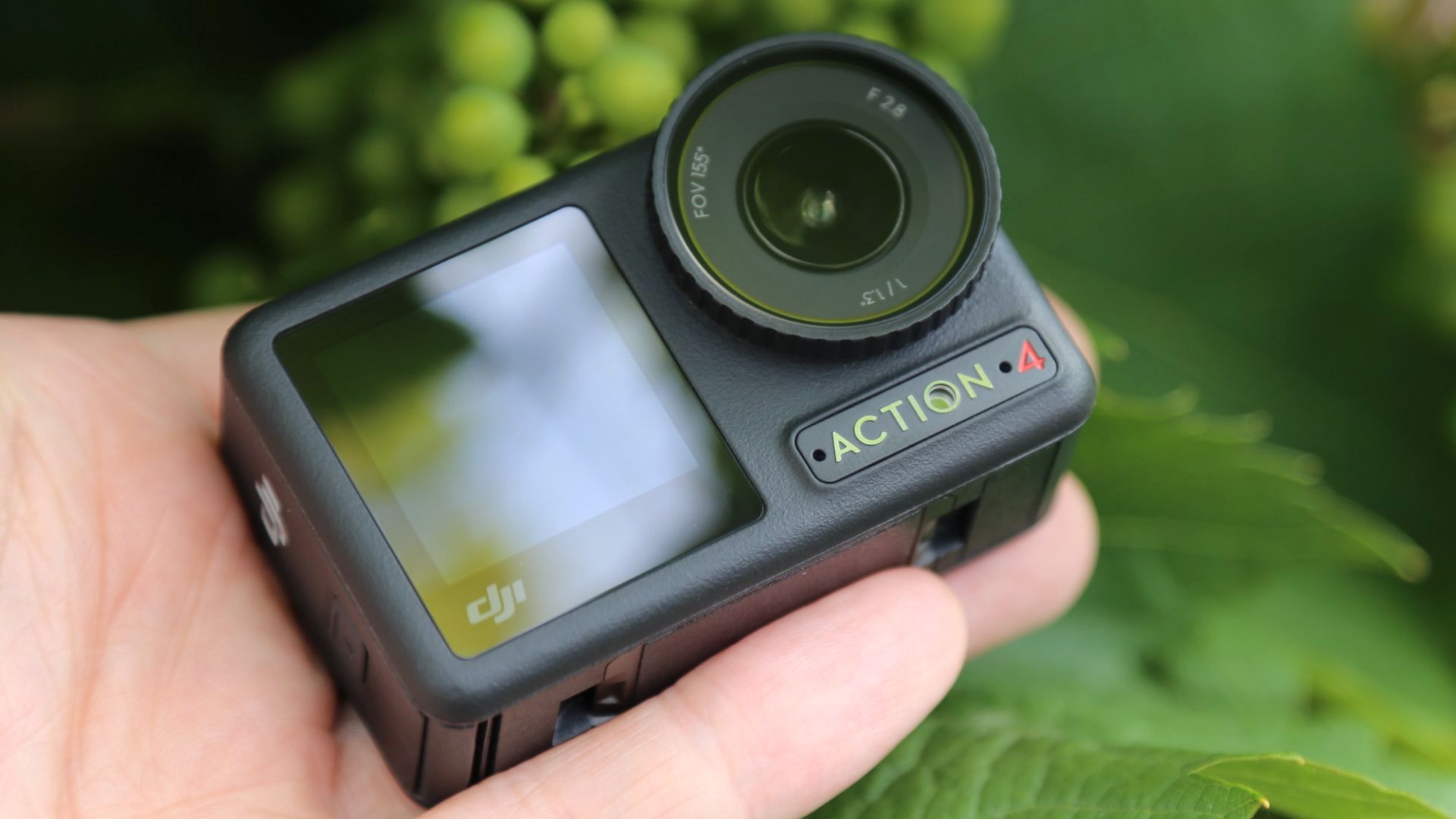

Specifications
Reasons to buy
Reasons to avoid
The DJI Osmo Action 4 is a fine all-round action camera with some excellent accessories and ease of use. Able to go deeper underwater than ever, its larger CMOS sensor addresses a problem with the DJI Osmo Action 3. However, it arguably achieves very little more than its predecessor, so it could be argued that unless you do plan to use the DJI Osmo Action 4 deep underwater and/or in the twilight, it’s probably not worth paying extra for.
That said, with excellent image stabilization, ease of use and a brilliant magnetic mounting system for accessories, the DJI Osmo Action 4 is an excellent rugged action camera that loses out to the likes of GoPro Hero 11 Black only in its lack of 5.7K video resolution. If that’s not important to you, then you’ll love the DJI Osmo Action 4.
Read our full DJI Osmo Action 4 review.
19 September 2024 – DJI launched the Osmo Action 5, which offers improved low-light performance, enhanced image quality, and intuitive controls. It also offers better stabilisation, upgraded waterproofing, and a user-friendly touchscreen interface. The camera also features HDR video capture and versatile mounting options for dynamic shooting, making it ideal for adventurers. Read our full DJI Osmo Action 5 review.
Best budget 360°
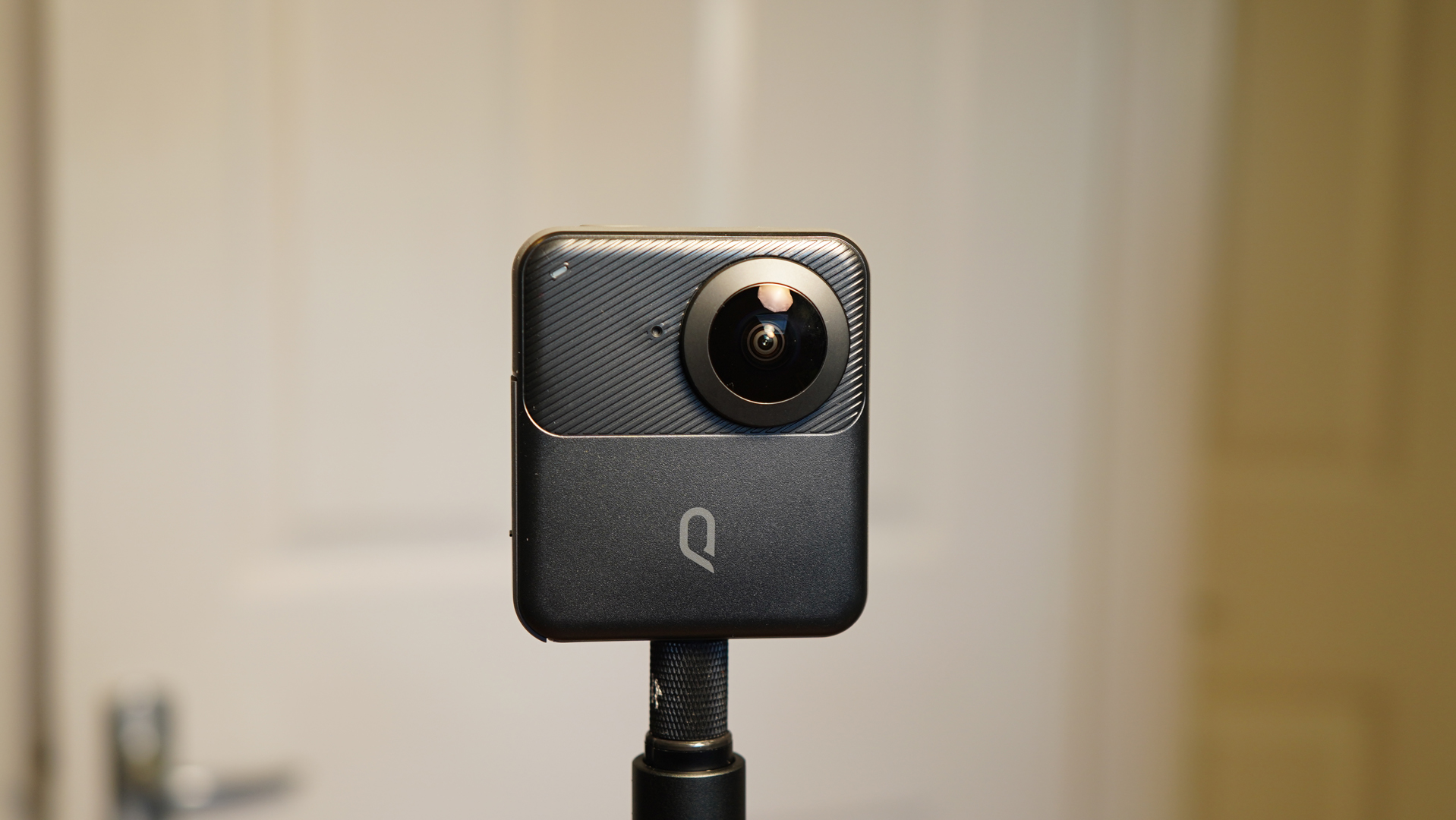
Specifications
Reasons to buy
Reasons to avoid
The Kandao QooCam 3 heavily relies on the fact that it costs less than big-ticket competitors, such as the Insta360 X3 and the GoPro Max. And for the price, it offers a decent level of functionality and shooting modes, albeit nothing mind-blowing. Build quality is excellent, and thanks to the large sensor, low-light performance is also pretty good. Plus, Kandao supports its products in the long run via software updates. If you come across a good Kandao QooCam 3 deal and are on a tight budget, we'd recommend at least considering getting one.
Read our full Kandao QooCam 3 review.
How to choose the best action camera for you
There's a huge amount of choice in this market, which can make finding the best action camera for your needs a little difficult. Image quality is one of the most important factors to consider, and it's always worth checking out frame rates rather than max resolution. This is because while a lot of cameras shoot in 4K resolution, some cheaper models use a frame rate of 15fps, which makes the video look jumpy. If you're shooting in 4K you want at least 30fps, or just shoot in 1080p HD at 60fps.
The best action cameras also come bundled with accessories and a versatile system of mounts – or least have the option to buy the ones you want. Waterproofing without a case comes as standard with some models, but with others you'll probably want to invest in waterproof casing to safeguard your cam for everything from watersports to an unexpected downpour.
Because things can get expensive at the top end of the market, it's key to consider which features are most important for how you're going to actually use your cam. Things like image stabilisation and GPS are mainstays, while newer additions such as voice control might be important to you depending upon your chosen sport and whether you need to be hands-free to do it.
How we test the best action cameras
When testing action cameras, we prioritise key factors, such as build quality, durability, and suitability for outdoor use, including waterproofing and resistance to extreme conditions.
(We won't necessarily travel to a volcano, but try to find the next best thing.)
We focus on performance, evaluating image and video quality, frame rates, resolution, and stabilisation. Usability is crucial, so we examine the interface, controls, and battery life for practicality.
We also explore versatility, testing shooting modes and compatibility with accessories and editing software. Finally, we consider value for money by comparing features, performance, and price against competitors.
FAQ
Is an action camera worth buying?
Action cameras are great for capturing hands-free footage during various activities like hiking, biking, skiing, and water sports. They're small, lightweight, and durable, making them ideal for outdoor adventures where traditional cameras might be too bulky or fragile. They are also ideal for vlogging.
Which is better GoPro or Insta360?
Both GoPro and Insta360 offer high-quality action cameras, but the choice depends on individual preferences. GoPro excels in ruggedness, reliability, and traditional features, while Insta360 specializes in innovative 360-degree capture, creative editing tools, and immersive experiences, catering to different needs and preferences.
Get all the latest news, reviews, deals and buying guides on gorgeous tech, home and active products from the T3 experts

Matt Kollat is a journalist and content creator who works for T3.com and its magazine counterpart as an Active Editor. His areas of expertise include wearables, drones, fitness equipment, nutrition and outdoor gear. He joined T3 in 2019. His byline appears in several publications, including Techradar and Fit&Well, and more. Matt also collaborated with other content creators (e.g. Garage Gym Reviews) and judged many awards, such as the European Specialist Sports Nutrition Alliance's ESSNawards. When he isn't working out, running or cycling, you'll find him roaming the countryside and trying out new podcasting and content creation equipment.